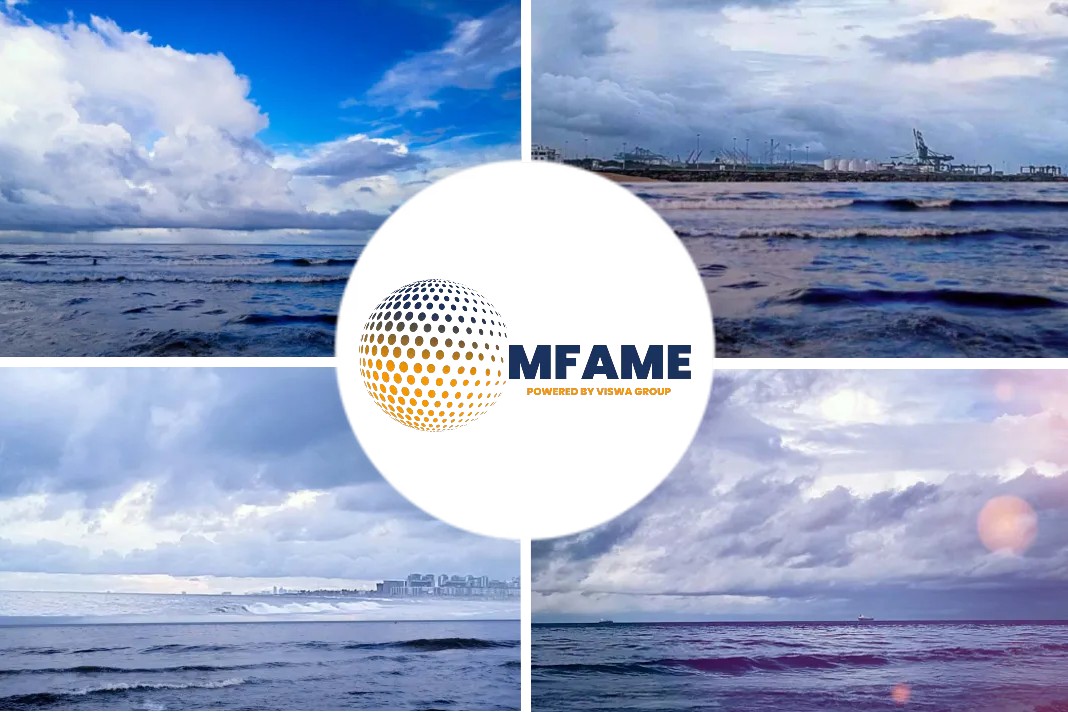Forward Maritime has signed a letter of intent with Jiangsu Yangzijiang Shipbuilding Group covering the construction of up to 20 Kamsarmax-size bulk carriers of 84,000 dwt. Subject to finalisation of the deal, the ships would be delivered over the 2020-23 period.
Forward Maritime has been working on the Forward Bulker 84-LNG ship design concept for several years, in tandem with project partners ABS, Shell, GTT, Wärtsilä and Deltamarin. The principal driving force behind the project is Alex Panagopulos, chief executive of Arista Shipping, the parent company of Forward Maritime.
The Forward Bulker partners have come up with one of the most environment-friendly, fuel-efficient bulk carrier designs ever developed. Utilising its proprietary hull lines technology, Deltamarin worked closely with ABS to yield what is claimed to be the optimum in streamlined hulls for Kamsarmax-sized vessels, which are limited to a length of 229 m.
Wärtsilä developed a patent-pending, dual-fuel machinery arrangement for the Forward Bulker, consisting of two four-stroke Wärtsilä 31DF engines and two power take-off units coupled on a single shaft driving a controllable pitch propeller.
The engine manufacturer reports that the two four-stroke engines can accommodate all power and hotel loads in a much smaller engineroom footprint than is possible with a single two-stroke engine and three gensets, the usual propulsion system of choice for vessels of this size and type. The engine solution for the bulk carrier also provides double the propulsion redundancy and quadruple the power-generating redundancy of the traditional alternative.
Forward Maritime has opted for an LNG bunker tank capacity of 2,500 m3, enough to enable 40 days or 14,000 nautical miles of operation, in between refuellings. Such a volume makes the use of space-intensive IMO Type C pressure vessel bunker tanks impracticable, facilitating the choice of a GTT Mark III membrane containment system to store the LNG fuel on the Forward Bulker.
Membranes can be configured to optimise the space available in the location chosen for the bunker tank. The membrane tank in the Forward Bulker will be positioned amidships and, because it will occupy virtually the vessel’s full breadth and depth at this location, the tank will be relatively short in length longitudinally.
Project partner Shell will assist the Forward Bulker project through the provision of LNG bunkers at strategic locations. The co-operation will extend to actual fuelling operations by means of ship-to-ship transfers using dedicated LNG bunker vessels.
Forward Maritime predicts that, based on its best estimates of likely fuel prices following the entry into force of the lower global sulphur cap in January 2020, the use of LNG bunkers could save each ship US$1.3M/year compared to the use of low-sulphur fuel oil.
The savings would drop to US$0.25M per vessel per year if the comparison is with the use of heavy fuel oil. However, a HFO-burning ship would need to be fitted with an exhaust gas scrubber, and the capital, operating and maintenance costs attendant on such equipment would need to be considered.
Did you subscribe for our daily newsletter?
It’s Free! Click here to Subscribe!
Source: LNG World Shipping
















